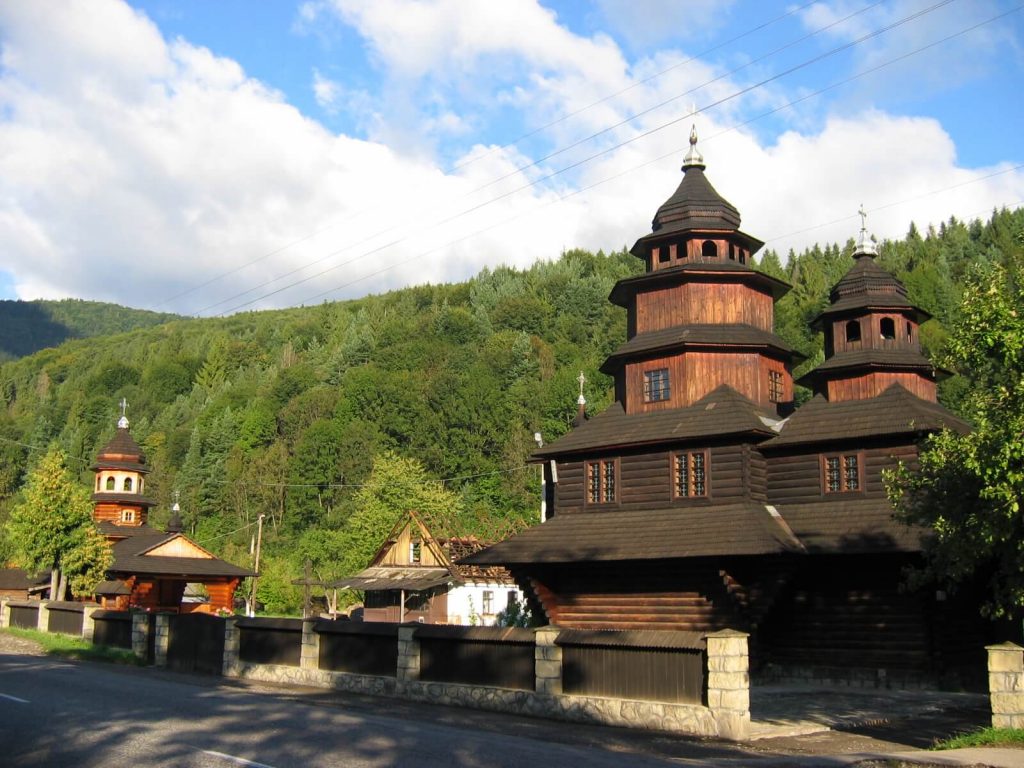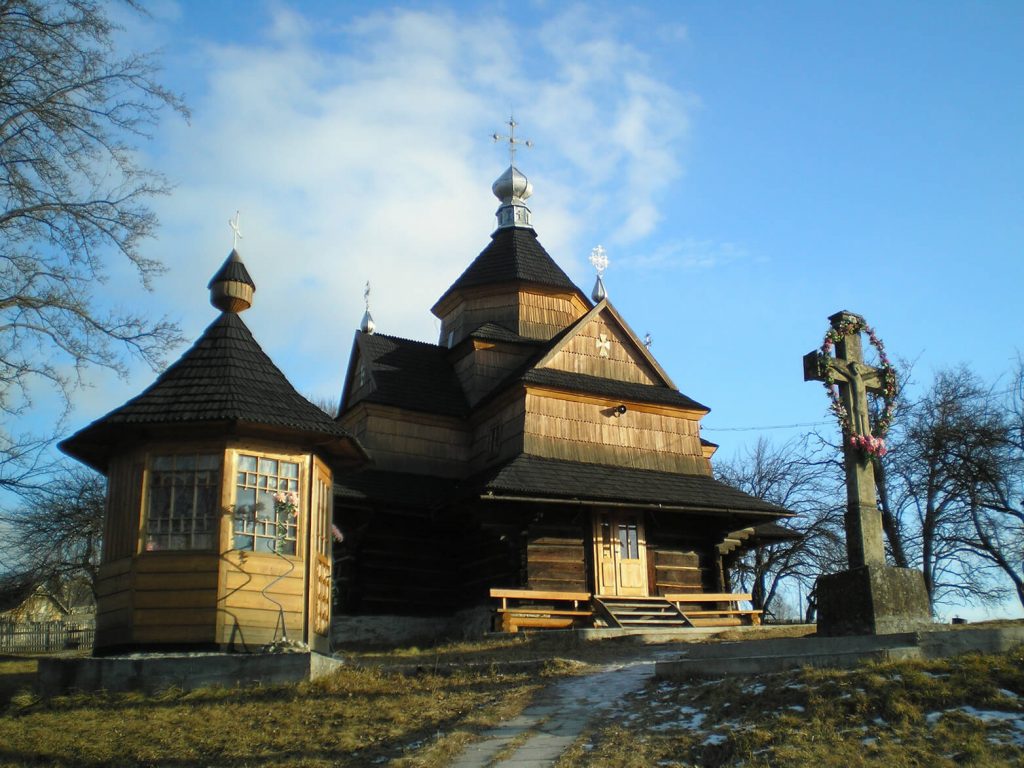According to the Hutsul tradition, Mounts Pip Ivan, Smotrych, and Vukhatyi Kamin make up the original, "true" Chornohora. The name later spread to the whole mountain range. This is related to the fact that the previous name of Mount Pip Ivan was Chorna Hora (in Ukrainian - "Black Mountain"). During the period of paganism, this place was a sanctuary. That is why it is associated with so many legends and traditions.
Mount Vukhatyi Kamin has a height of 1864 m and lies on one of the spurs of Mount Smotrych. Together Smotrych and Vuhatyi Kamin form a horseshoe-like, northeast-facing landscape. On the top of Vukhatyi Kamin and its slopes, there are extraordinary rock formations commonly called "churches". These blocks are sandstones by nature. On an oblong-shaped 1.3 km long northeastern slope, 21 rock complexes, including Vukhatyi Kamin, are spread out.
One of the versions of the Mount Pip Ivan's name origin associates it the wind blowing (singing) there. That is why, the Hutsuls called the mountain "Pip Ivan". And there are really good wind conditions in the highlands. In turn, the wind also affects the stone blocks of Vukhatyi Kamin creating bizarre rock forms. Geological impact of the wind (eolian processes) lies in mechanical processing of rocky surfaces called corrosion. Grains of sand, being carried by the wind and hitting the obstacles on their way, create various forms of corrosion on the stones' surface - dimples, furrows, strokes, etc. Because of this, the stones were given their unique names: Baba (in Ukrainian - "grandma"), Dido (in Ukrainian - "grandpa"), Toad, and Vukhatyi Kamin (in Ukrainian - "the eared stone").
You can enjoy a beautiful view that opens from Vukhatyi Kamin:
- in the southwest, there is Smotrych peak,
- in the northeast (in the valley), the Dzembronia waterfalls,
- at the foot of mountain, there is the village of Dzembronia








